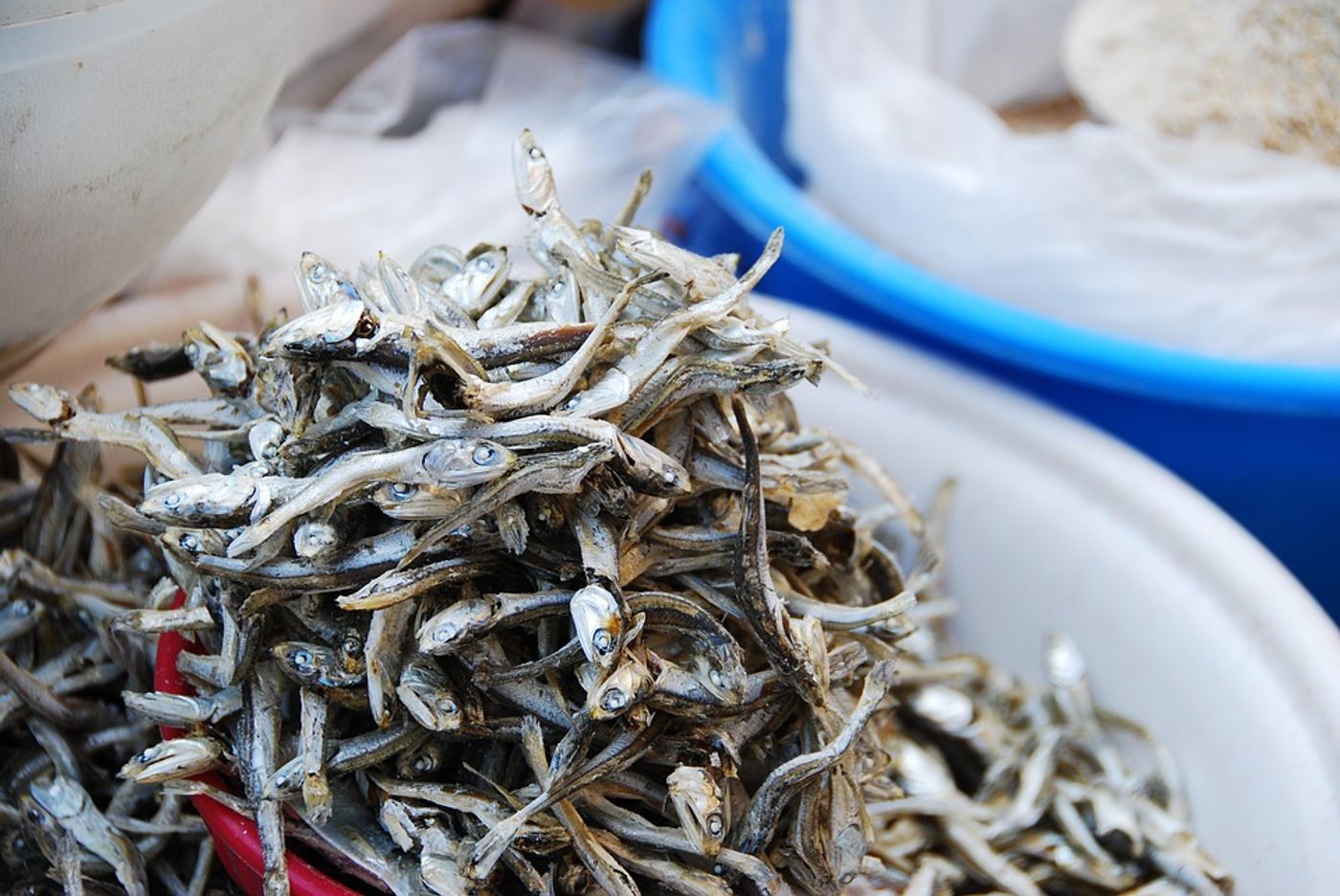How breathable are our changing oceans?
A study from researchers at the University of Washington examines the breathability of the California Current, the cool, nutrient-rich ocean track that extends from Mexico to Canada. The study was published recently in Science Advances and suggests that northern anchovy populations are oscillating due in part to the ocean’s breathability.
Northern anchovy is a key species in the food web that creates a billion-dollar industry. "If you're worried about marine life off the west coast of North America, you're worried about anchovies and other forage fish in the California Current. Ultimately it's what underpins the food web," said lead author Evan Howard, a UW postdoctoral researcher in oceanography.
Breathability in the ocean refers to both the oxygen levels in the water and a particular species' oxygen needs, which are influenced by water temperature."Climate change isn't just warming the oceans -- it is causing oxygen to decrease, which could force fish and other ocean animals to move away from their normal range to find higher-oxygen waters," explains Howard.
In order to measure the effects that hypoxia has on northern anchovy in the California Current System (CCS), the researchers analyzed past regional variability and future changes in the Metabolic Index, which they write is “a species-specific measure of the environment’s capacity to meet temperature-dependent organismal oxygen demand.”
Their findings show that past changes in breathability align with changes in anchovy populations and can, therefore, be paired with breathability projections to model future species populations:
“...the long-term biogeographic distribution and decadal fluctuations in abundance are both highly coherent with aerobic habitat volume,” write the authors. “Ocean warming and oxygen loss by 2100 are projected to decrease [breathability] below critical levels in 30 to 50% of anchovies’ present range, including complete loss of aerobic habitat—and thus likely extirpation—from the southern CCS. Aerobic habitat loss will vary widely across the traits of CCS taxa, disrupting ecological interactions throughout the region.”
These projections, though grim, are necessary if we want to confront the near-future and its implications on the fisheries and tourism industries. "We expect habitats to shift for all species that depend on oxygen for survival," Howard said. "If we understand how these animals are responding to their environment, we can better predict how these populations will be affected as the conditions change."
Sources: Science Advances, Science Daily









